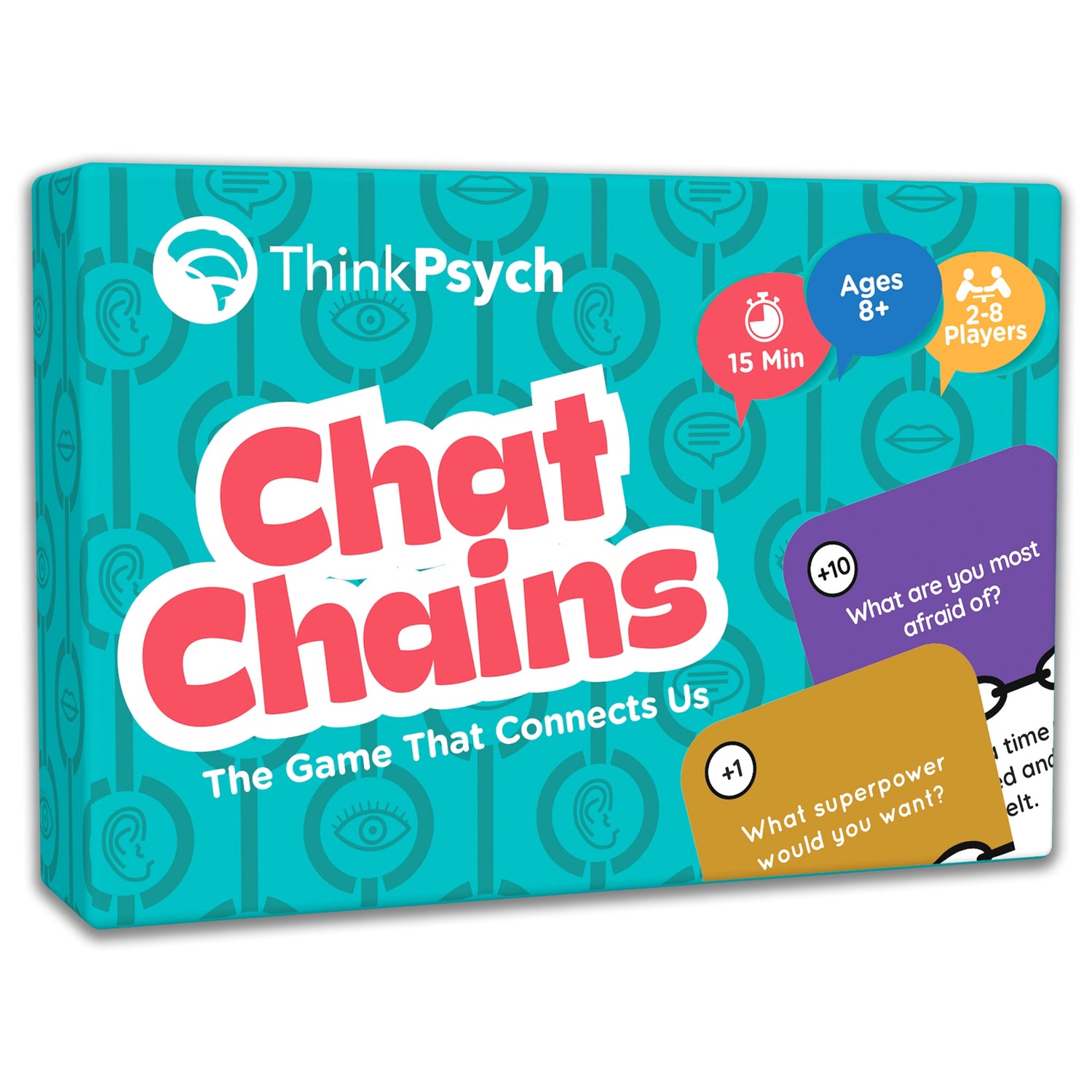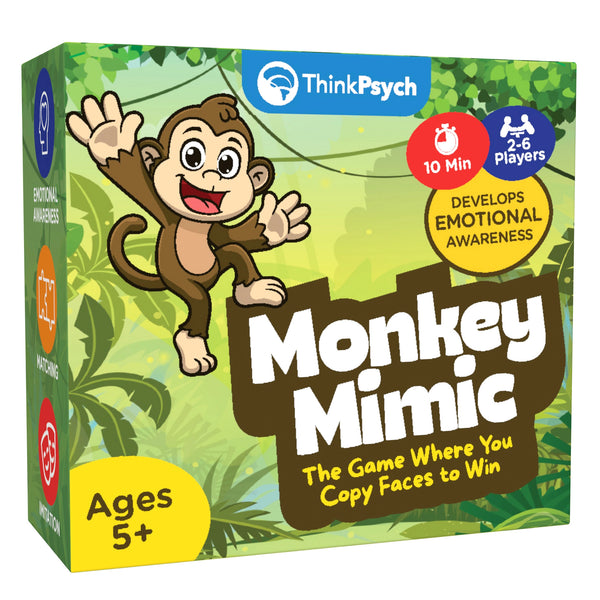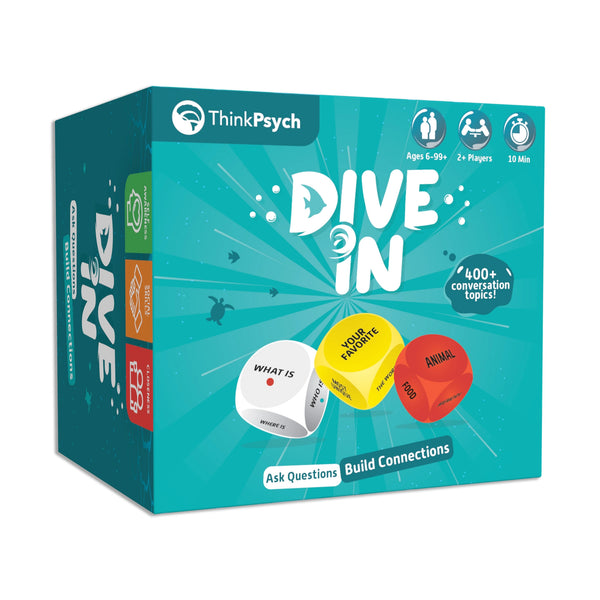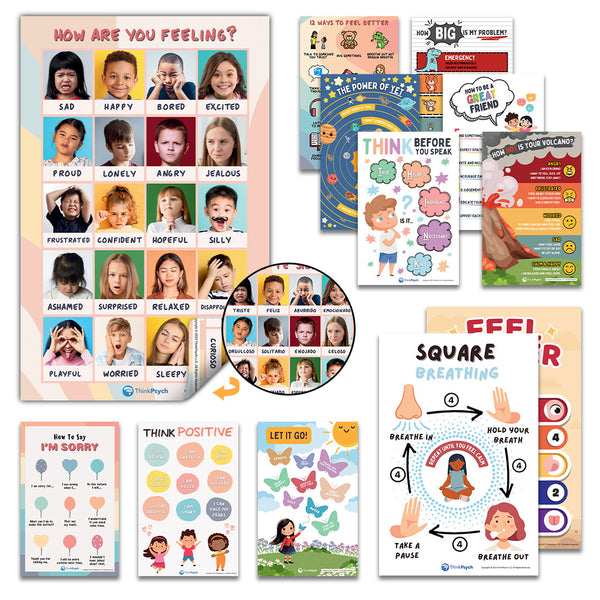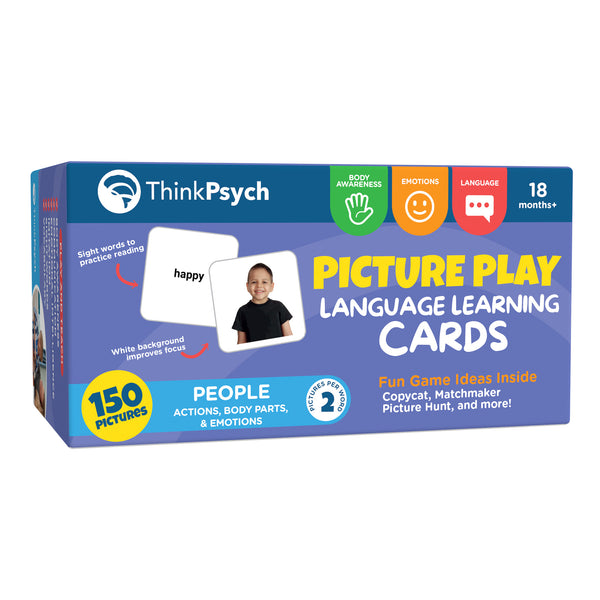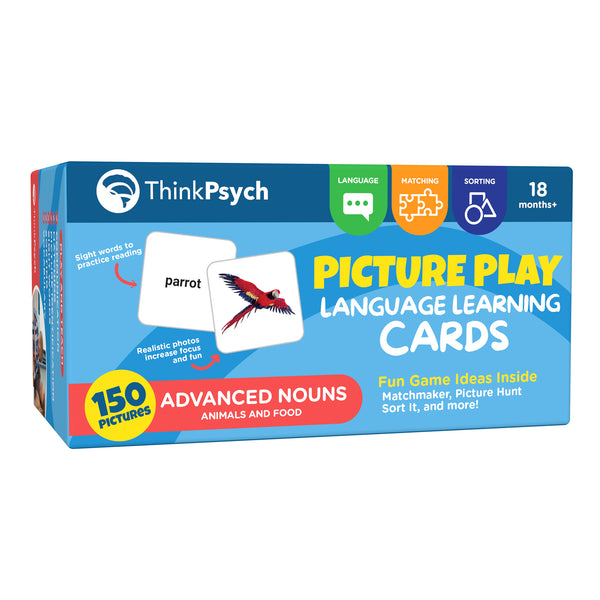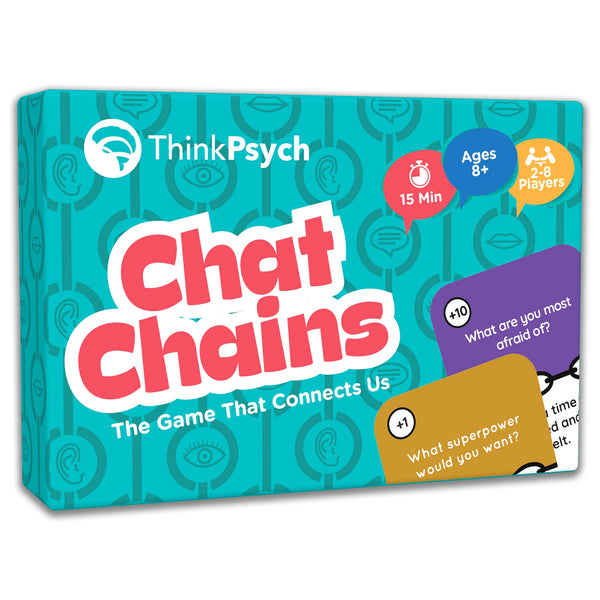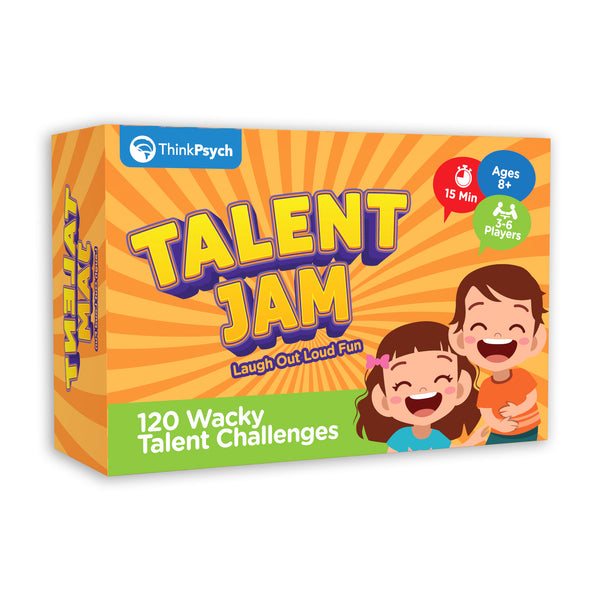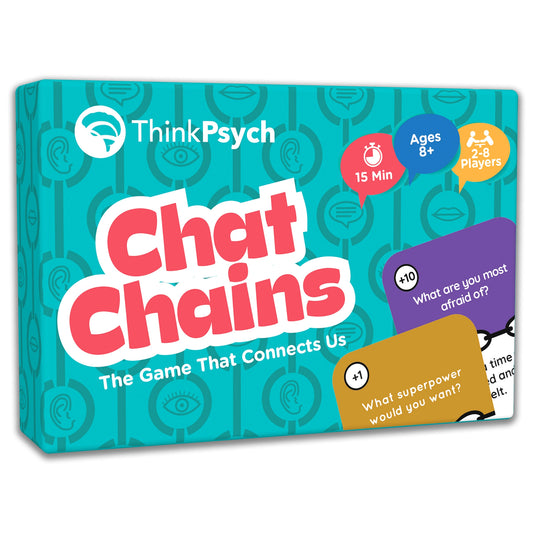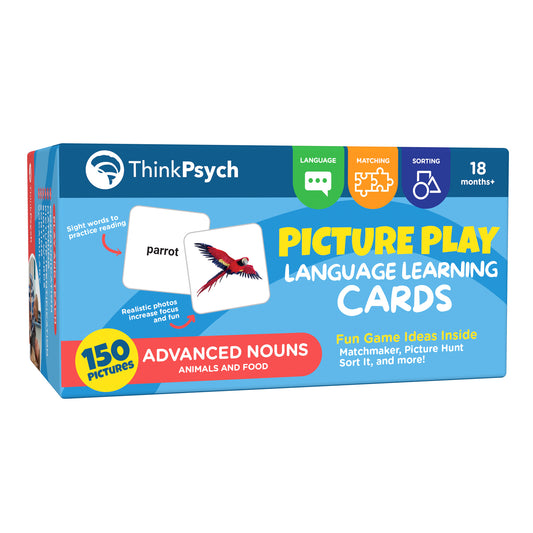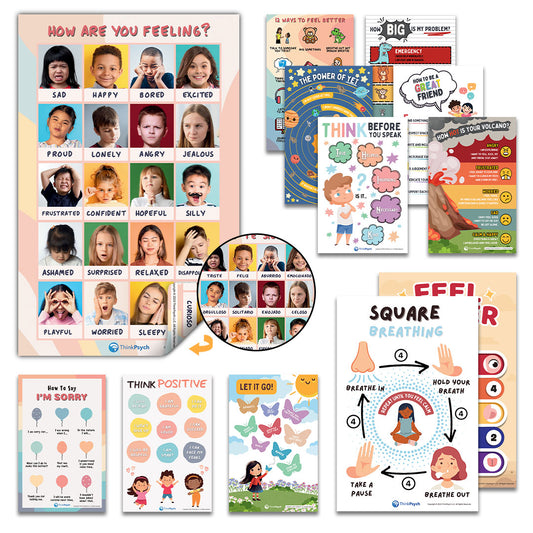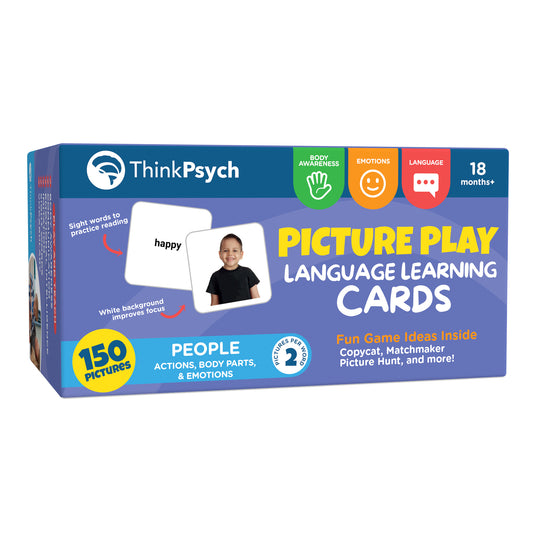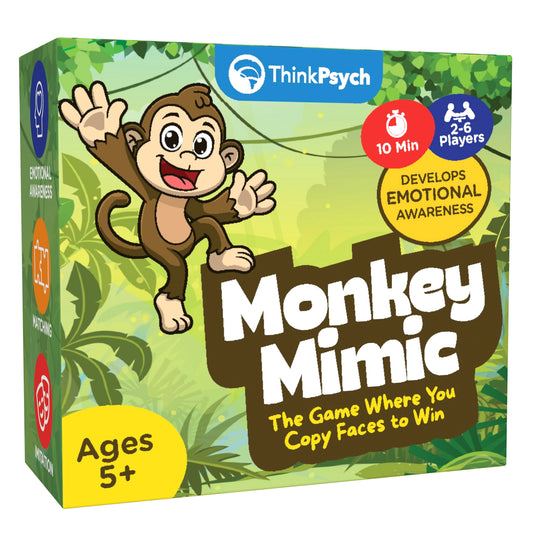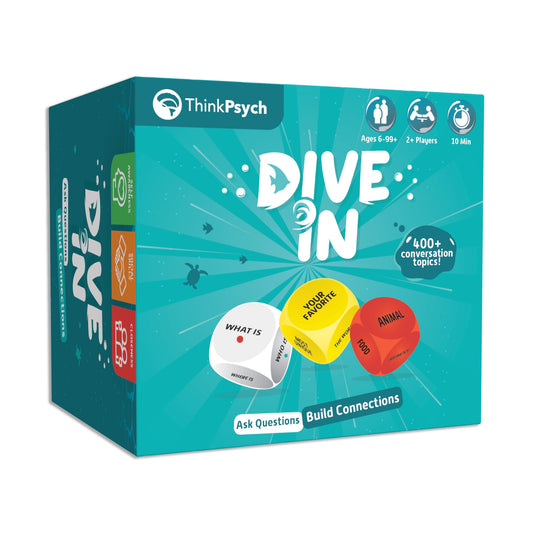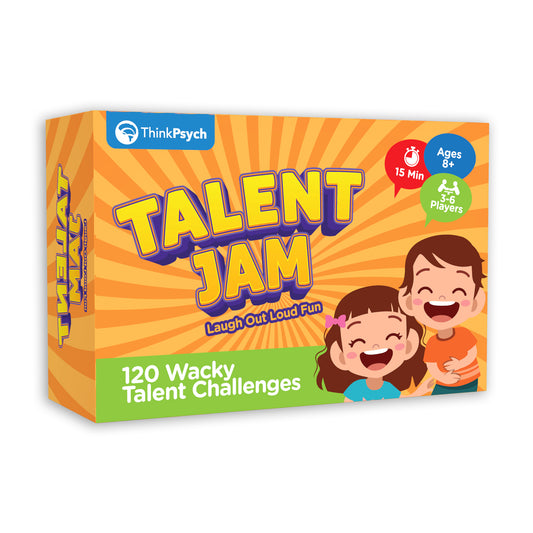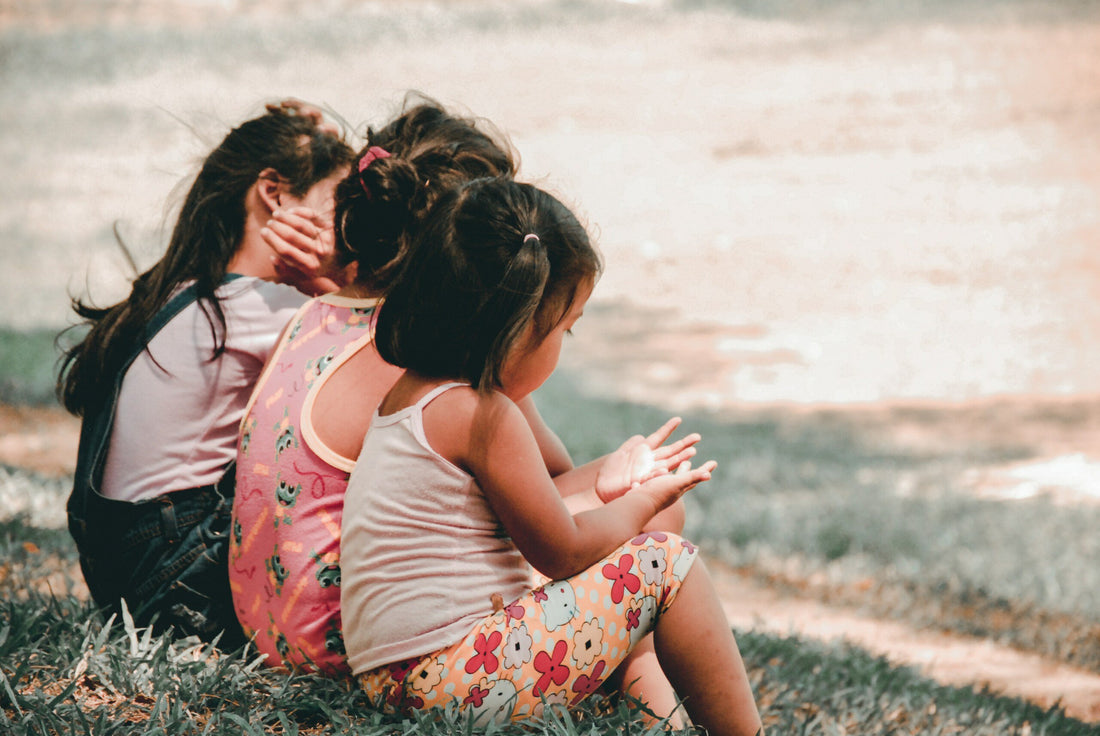
Common Social Cues to Teach Your Children
Share
Everything for kids is new, whether it’s meeting a neighbor or learning to ride a bike! It’s part of the reason why the social cues that are familiar to us – as adults – can sometimes be hard to understand.
While some things are intrinsic, other things our actions can say might be less apparent to a child. It’s a big part of why the tone, approach, and actions of children are so important for them to understand. After all, a movement, an expression, or even a raised voice can express something entirely different than what they mean!
Teaching the nature of common social cues for children is an important part of their personal development. If you’re looking for other ways to help your child grow into an aware, evolved individual, you may want to visit ThinkPsych for more insights!
Facing Forward
Any parent knows that it’s pretty easy for children to get distracted. Whether they’re playing at the park or watching TV, it can be difficult – even for the most focused child – to be attentive.
When it comes to paying attention, it’s important for children to know how their social cues appear to others. A child who is facing away from their teacher or parents may be seen as displaying disinterest with a situation. Instead, a child should be taught that being open and facing someone is a sign they’re interested and engaged with the situation at hand.
Likewise, proximity can also be read as a sign of interest or lack of engagement. If a person is leaning in, they are expressing interest in the person or the conversation. A person that is moving backwards will likely be seen as someone who is trying to remove themselves from the situation.
A Yawn or a Sigh
Whether a child or an adult, we all have days where we’re just tired. It can be hard to hold back our feeling of exhaustion or stifle the yawns that are automatic.
Unfortunately, yawning or sighing in front of others can often be seen as a lack of interest. If a friend or teacher is talking and we yawn mid-sentence, they may think we’re not hearing what they say – or simply don’t care. It’s important for children to understand, even if they’re tired, what something like this can express to another person.
When building friendships with others, they want to feel like we value them and are engaged with what they’re saying. If a child is truly tired, they may want to explain this or at least hold off on yawns or sighs until the conversation has ended.
Crossed Arms
Young children are only just developing a familiarity with their bodies and what they can do. Whether they’re flinging their arms or jumping around, they may often miss what common social cues they’re actually expressing.
For many of us, crossing our arms can signal a few different things, and most of them aren’t positive. Crossed arms are often viewed as an expression of discomfort, agitation, or even anger. Because a crossed arm effectively closes our body off from others, it can also make others feel unwelcome or unwanted.
For a child who is trying to make friends or develop relationships, crossing arms can be seen as a prohibitive sign. Opened arms, on the other hand, point to a child who is patient, straightforward, and ready to engage with those around them.
Perfecting Posture
Whether or not you face a person may reveal a lot about your engagement, but it’s not just the direction you face – it’s about posture too!
Customer Favorites From Our Store
There’s a reason that our grandmothers often talk to us about standing up straight and maintaining good posture. After all, if we’re hunched over and have our head hanging down, it can read as a lack of interest.
In order for a child to be aware of the social cues they’re expressing, be sure they know that good posture can speak volumes. Not only can it give off an impression of enthusiasm, it can also be read as engagement with the situation at hand.
Understanding an Expression
As children begin to understand their emotions, they begin to understand themselves. But an important part of this burgeoning awareness is having their parents help them with what different expressions can mean. If your child is raising their eyebrows, you may want to ask them “Are you surprised by something?” so they can be aware of what this says to others.
Likewise, there are different ways that even one expression can be interpreted. While a half-hearted smile can be seen as lackluster and expressing irritation, a big smile is hard to misinterpret. By getting insight into common social cues, your child will be better versed at communicating with others – without words!
Talk About Tone
Words have a meaning of their own. But, when children are just beginning to understand verbal social cues, it can be easy to miss out on exactly how they’re said.
In fact, the tone and inflection a person uses has a lot to do with how a message is perceived. For example, there’s a big difference between someone asking politely “Can you please help with the dishes?” and saying the same words with a raised voice.
When you’re talking or reading to your child, point out how the characters are feeling and how they express themselves. Even this simple exercise will help them to monitor how they express themselves so they can communicate effectively.
Simple Things to Help Us Socialize!
It can sometimes seem like socializing is difficult, even for adults. But there are many common social cues you can pass along to your child that make relationship-building much easier! Being aware of what their tone and movements say to others can be the key to understanding what they’re saying without words.
Are you teaching social cues to your child and trying to help them understand their emotions? Check out our social emotional learning collection for awesome games and tools to help.
References
Mindbodygreen. 17 Social Cues, What They Mean & How To Get Better At Reading Them. https://www.mindbodygreen.com/articles/social-cues-types-and-how-to-read-them
Understood. 8 ways to help your grade-schooler learn social cues. https://www.understood.org/en/articles/8-ways-to-help-your-grade-schooler-learn-social-cues
Verywell Health. Understanding Different Types of Social Cues. https://www.verywellhealth.com/social-cues-5204407
